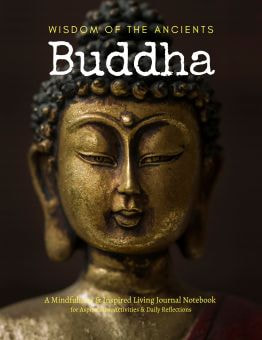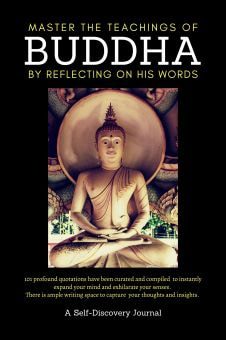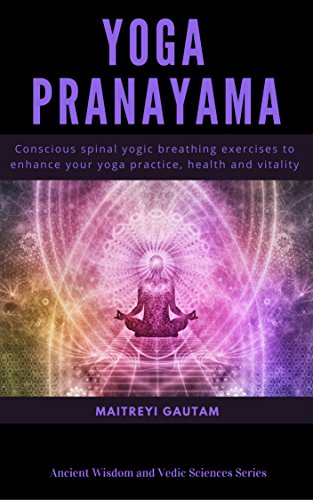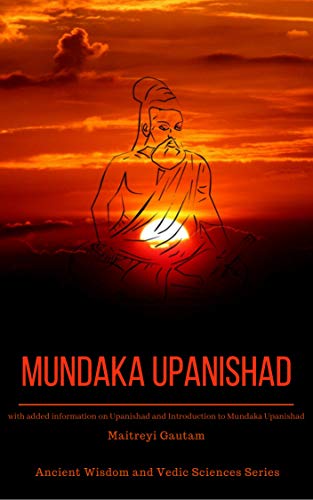Summary of Egyptian Book of The Dead
The text consists of a number of magic spells intended to assist a dead person's journey through the Duat, or underworld, and into the afterlife.
Unlike a single canonical book, the "Egyptian Book of the Dead" is a collection of texts which vary by era and geography. These texts were typically written on papyrus and placed in the tomb or burial chamber of the deceased. The content includes declarations and spells to help the deceased in their afterlife. The spells are often accompanied by illustrations and vignettes depicting the deceased's journey and the various challenges they would face.
The book provides guidance on how to traverse the underworld (Duat), facing challenges, passing various obstacles, and giving passwords and formulas to safely pass the guardians and various dangers. The ultimate goal is to reach the Hall of Truth, where the deceased's heart would be weighed against the feather of Maat, the goddess of truth and justice. A heart balanced with the feather would allow the deceased to proceed to a blissful existence in the Field of Reeds, a paradisiac likeness of the earthly Egypt.
Central to the "Egyptian Book of the Dead" are themes of resurrection and immortality, which reflect the ancient Egyptian belief in an afterlife. The spells and rituals within the text were designed to preserve the identity of the deceased in the afterlife, maintaining their individuality and ensuring their resurrection and immortality.
The text is a valuable source of information on Egyptian beliefs about the nature of death, the afterlife, divinity, and the cosmos. It reveals much about their ritual practices, religious beliefs, and the importance of maintaining harmony with the laws of the universe.
In modern times, the "Egyptian Book of the Dead" continues to fascinate scholars, spiritual seekers, and the general public, offering a unique window into the ancient Egyptian worldview and its complex, ritualistic approach to death and the afterlife.


















